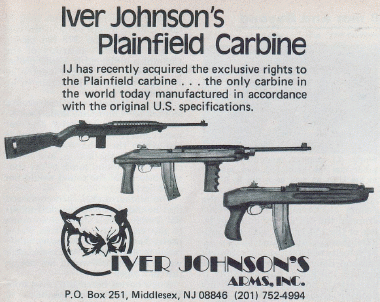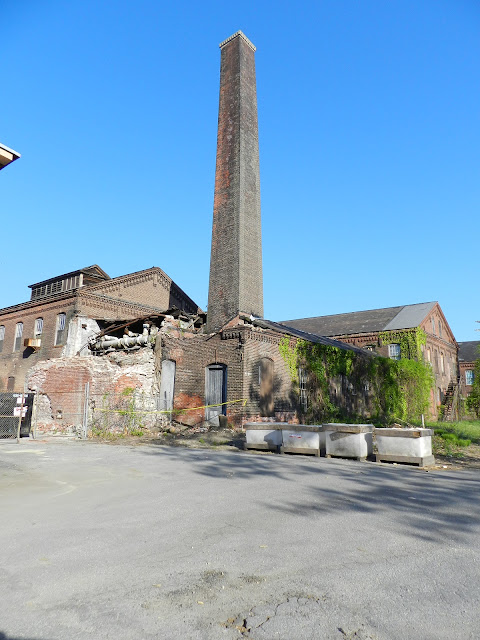This Week in Firearms History:
January 29: In 1861 Kansas joins the Union as a free state; in 1944 the last U.S. battleship, the USS Missouri is launched
January 30: In 1930 The Lone Ranger debuts on WXYZ radio
January 31: In 1606 Guy Fawkes dies from a fall during his execution
February 1: National Freedom Day: President Lincoln signs the 13th Amendment, abolishing slavery in the U.S.
February 2: In 1848 the Treat of Guadalupe Hildalgo was signed, ending the Mexican-American War and adding California, Arizona, Nevada, Utah, New Mexico and west Texas to the U.S.
February 3: in 1787 Spain recognizes U.S. Independence; in 1870 the 15th Amendment was ratified.
February 4: In 1789 George Washington is unanimously elected the 1st President of the United States; in 1900 the Hopkins and Allen gun factory in Norwich, CT burns to the ground; in 1924 Frank Kenn buys Marlin Firearms at auction for $100
Gun of the Week: Savage/Stevens 325
Built from surplus quick detachable barrels left from WWII, the Stevens 325 began manufacture in 1947 with the 325A.
The guns were chambered in 30-30 Win, designed as affordable alternatives to the Marlin and Winchester lever actions. They had spoon style bolt handles, hardwood stocks and detachable 3 round box magazines. The rifle evolved into the models 325B, 325C, 340 then the model 840 before being retired in 1985. Read more here
Cartridge of the Week: 32 H&R Magnum
like all magnum revolver cartridges, the 32 H&R Mag was produced by lengthening a previous weaker cartridge, this time the .32 S&W Long.
Introduced in 1984 as a joint effort between H&R and Federal Premium Ammunition. The cartridge has been chambered in guns by H&R, S&W, Ruger, Marlin, Charter Arms and others, it remains popular despite being upstaged by the .327 Federal Magnum.
















%20STUPID%20CURSED%20GUN%20IMAGES%20-%20YouTube%20and%207%20more%20pages%20-%20Personal%20-%20Microsof.png)




.jpg)






























